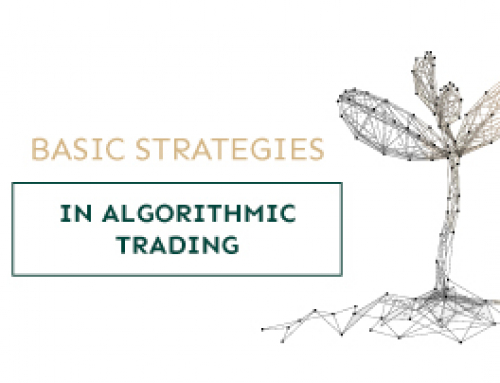The breakthrough of 2021 was blockchain-based games. They are using another trend from the beginning of the third decade – non-fungible tokens (NFT).
Demanded projects:
- Axie Infinity.
- Sandbox.
- Aavegotchi.
Axie Infinity
This is the development of the Sky Mavis company (Vietnam). The programmers started working in 2018, and now their project is ranked 1st in the gaming industry. In 2021, Axie Infinity accumulated about 20% of all NFT transactions. By the number of unique addresses, the project takes 1st place among projects on the blockchain.
Axie Infinity is based on the Ronin platform – the Ethereum sidechain. For staking game tokens and exchanging them, you can use our own Katana exchange (DEX). The site users have access to the mobile version of the Ronin crypto wallet.
The game describes the world of Lunacy, inhabited by the inhabitants of Axi. They fight among themselves and with the invaders. The player must have at least 3 Axi to buy, there is no free mode. There is a PvE adventure mode in which the user pumps his axes, participates in battles.
Existing opportunities for earning:
- Farming.
- Resale of characters.
- Duplication of Axi for the purpose of further sale.
You can play alone or gather in the guild.
The developers plan to expand opportunities for earning money. In particular, operations with lands will be available. In total, the metauniverse has more than 90 thousand plots, some of them have been sold, but some are vacant. In the future, it will be possible to develop your plots, pump them for resale at a profit. In the future, the creation of buildings, the extraction of resources, the development of games (inside the Axie Infinity world).
Sandbox
Development started in 2012 by Pixowl, 2018 Animoca Brands bought a program for creating a game on the blockchain.
There are 2 modes available:
- Free-to-Play – you can just play.
- Play-to-Earn – you can play and earn.
An Ethereum-based SAND utility token was issued in 2020.
The game world is made in a cubic style, similar to Minecraft. Each player receives a land plot that he can process, exhibit different volumetric objects. In-game items can be purchased, used on lots. To attract attention, they use thematic collections of objects, attract celebrities. The area near the singer or actor is more expensive.
Earning opportunities:
- SEND token stacking.
- Selling or reselling game artifacts (created or purchased).
- Attracting referrals.
So far, the game has been available in alpha test mode, which ended at the end of December 2021. In 2022, a release with open access to all features is expected.
Aavegotchi
Pixelcraft Studios has been developing since 2018. 8-bit graphics, similar to ancient computer games. The mission of the project is not just to create a game on the blockchain, but also to bring gaming elements to the DeFi application sector. Users can earn by simply staking tokens, as well as using the game component.
There is no free mode, you need to buy Gotchi – this is a playable character. To purchase, the Aave platform is used, on which you need to block tokens, receive service aTokens of the Aavegotchi project. They generate profit for the participant, provide game characteristics of the Gotchi (the larger the token, the better the character’s capabilities).
Available for earnings:
- Staking.
- Sale of characters, artifacts.
- Extraction of resources.
- Operations with land plots.
- Game development and launch for the community (paid).
- Customization of Gotchi in order to increase its attractiveness and resale.
The game is implemented on the Polygon platform. The game world includes portals that are inhabited by spirits. Spirits need to be summoned, for this, you need to buy a portal. Portals are sold as well as land plots. Land prices differ depending on the location. The closer to the center of the playing space, the more expensive it is.
The use of blockchain, NFT technologies, and DeFi applications in the gaming field is just beginning. We should expect the development of existing and the emergence of new projects.






Leave A Comment